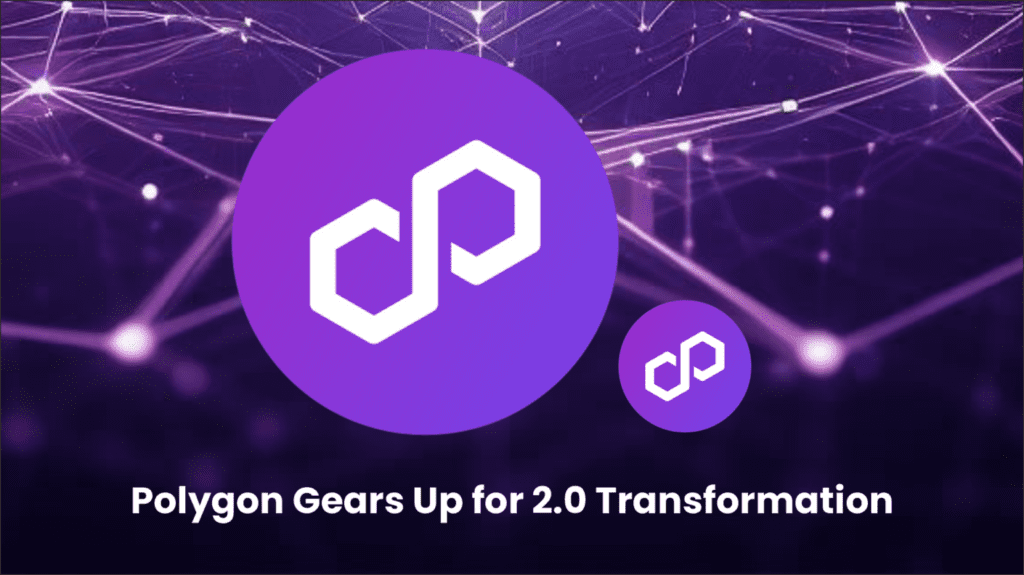In the Dynamic Landscape of Blockchain: Polygon Prepares for 2.0
In the rapidly evolving world of blockchain and cryptocurrency, Polygon is gearing up to usher in a transformative era with the highly anticipated Polygon 2.0. At the heart of this evolution are the POL contracts and a suite of Polygon Improvement Proposals (PIPs) that define the path of this advancement.
Unveiling POL on the Goerli Testnet: A Catalyst for Polygon 2.0
More than just a testnet deployment, the introduction of POL contracts on the Goerli testnet symbolizes community unity and bold strides toward the realization of Polygon 2.0. It represents a community-backed agreement and echoes the collective ambition of the Polygon community.
The journey began with the introduction of a Polygon Improvement Proposal (PIP) that paved the way for POL, set to be the cornerstone of the Polygon 2.0 infrastructure. Following this, two significant proposals emerged, suggesting potential changes to the token’s burn mechanism and laying the foundation for the next chapters of Polygon’s evolution.
POL: A Vision Beyond MATIC
POL is not merely a token; it embodies a vision set to transform the legacy of MATIC. Its design promises to usher in an era characterized by zero knowledge-based Layer 2 chains. The key elements supporting this vision include staking, reinforced community ownership, and decentralized governance that upholds the ethos of the blockchain community.
Deep Dive into PIPs: Spotlight on PIP-24 and PIP-25
PIP-24: This critical amendment, titled “Change EIP-1559 Policy,” proposes modifications to the recipient address of the burn on the Polygon PoS network. PIP-24 serves as the precursor, shaping the foundation for Phase 0 of Polygon 2.0, initially showcased in PIP-18.
PIP-25: To balance the updates, PIP-25, titled “Adjust POL Total Supply,” proposes a mechanism to ensure a perfect 1:1 alignment between all previously burnt MATIC and POL, enhancing consistency within the ecosystem.
EIP-1559 & MATIC: Decoding Token Burns in the Polygon PoS Network
The EIP-1559 acts as the orchestrator for MATIC burns, utilizing base fees paid by users on the network. Since its introduction in January 2022, this mechanism has overseen the burn of an astounding 20 million MATIC tokens. Its impact extends beyond burning; it maintains token supply equilibrium and establishes a predictable fee estimation system for users.
Matic Price Update & Insights
Currently trading at $0.5592, MATIC has experienced a minor 24-hour dip of 1.87%, reaching a peak of $0.5686 and remaining stable above $0.5541. With a robust trading volume of 37,682,953.10 MATIC (equivalent to 21,143,591.73 USDT), it indicates active market participation. As Polygon advances, these figures may provide insights into upcoming market trends and shifts.


